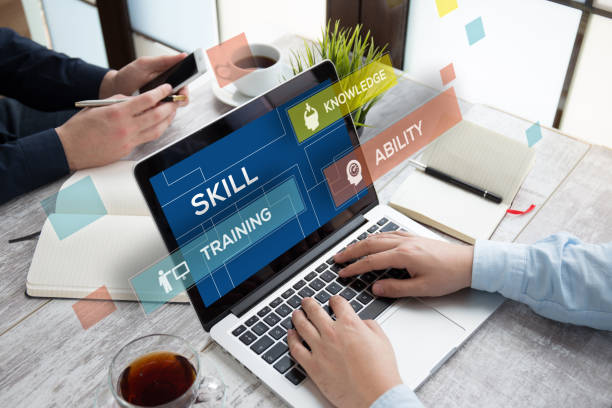
In today’s fast-evolving tech landscape, staying relevant requires continuous learning. Personalized learning paths for tech skills help individuals and organizations develop the right competencies efficiently. With tailored approaches, learners can focus on specific goals, progressing at their own pace while building foundational and advanced knowledge. Here’s how to create effective personalized learning paths for tech skills.
1. Identify Skill Gaps and Learning Objectives
Before creating a learning path, it’s crucial to determine which tech skills are most relevant to your goals. This ensures that learners focus on areas that will have the greatest impact.
- Conduct a skill assessment.
- Define the tech skills needed (e.g., coding, data analysis, AI).
- Set measurable learning objectives.
2. Choose the Right Learning Resources
Curating quality learning materials that suit various learning styles is essential for a successful personalized path.
- Use a mix of video tutorials, articles, and interactive courses.
- Integrate real-world projects for hands-on experience.
- Leverage online platforms like Coursera, Udemy, and LinkedIn Learning.
3. Customize Learning Based on Experience Level
A personalized path should be tailored to the learner’s existing knowledge. Beginners need foundational courses, while experienced learners may jump to advanced topics.
- Create separate tracks for beginners, intermediates, and advanced learners.
- Incorporate quizzes or assessments to place learners on the correct track.
4. Set Milestones and Track Progress
Establish milestones to motivate learners and track their achievements over time. This keeps the learning path structured and focused.
- Break down learning objectives into smaller goals.
- Use progress tracking tools like Trello or Asana.
- Provide feedback on milestone completion to encourage continuous learning.
5. Incorporate Adaptive Learning Technologies
Adaptive learning technologies allow for a truly personalized experience by adjusting content based on the learner’s performance.
- Implement AI-powered platforms to suggest relevant learning materials.
- Use machine learning algorithms to monitor progress and recommend the next steps.
6. Encourage Peer Collaboration and Support
Learning doesn’t happen in isolation. Collaboration with peers enhances knowledge-sharing and problem-solving.
- Create group projects or discussion forums.
- Encourage mentorship programs within your learning community.
7. Provide Continuous Feedback and Adjust the Path
Learning paths should be flexible and adaptable based on performance and feedback.
- Regularly assess the learner’s progress.
- Offer personalized feedback and adjust the learning path when necessary.
- Use analytics to measure the effectiveness of the learning plan.
8. Utilize Gamification to Enhance Engagement
Gamification can make learning more enjoyable and increase engagement.
- Add quizzes, badges, and leaderboards.
- Create challenges to encourage friendly competition among learners.
9. Ensure Real-World Application of Skills
The ultimate goal of any learning path is the practical application of skills.
- Include projects that mirror real-world tasks.
- Encourage learners to build their portfolios as they progress.
- Incorporate simulations or role-playing scenarios.
10. Monitor, Evaluate, and Evolve the Learning Path
Continuous improvement of the learning path is key to long-term success.
- Gather learner feedback on the effectiveness of the path.
- Regularly update content to stay current with industry trends.
- Reevaluate learning goals to ensure alignment with career or organizational objectives.
Key Benefits of Personalized Learning Paths for Tech Skills
- Improved Skill Retention: Learning paths tailored to individual needs promote better retention of knowledge.
- Faster Progress: Learners can focus on specific skills, accelerating the learning process.
- Career Growth: Targeted learning improves job performance and opens up new career opportunities.
By following these steps, you can create a personalized learning path for tech skills that not only equips learners with the right knowledge but also fosters continuous professional growth.
Read our latest blog.
The Benefits of Using Scrum for Software Development.
